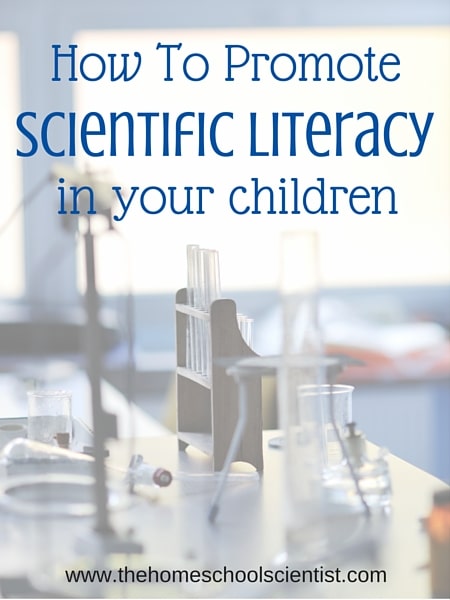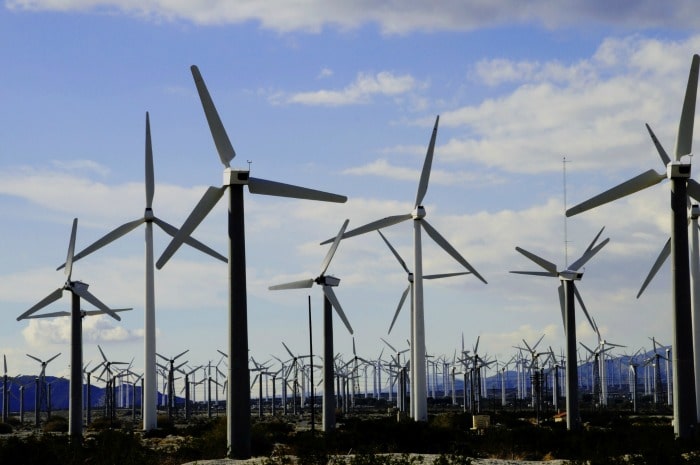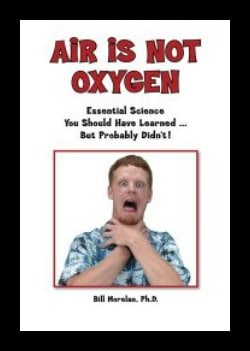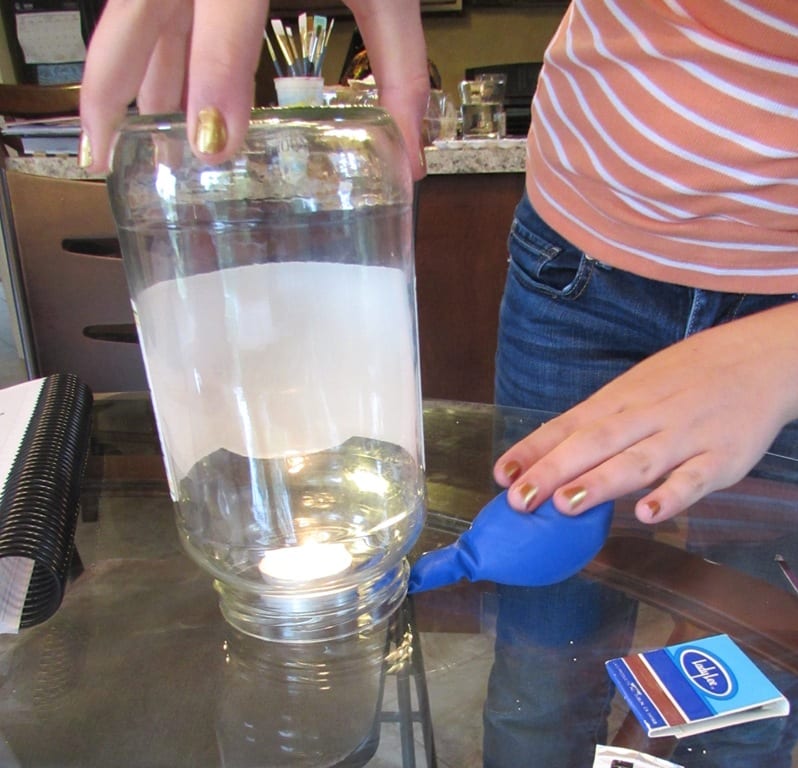How To Promote Scientific Literacy In Your Children

*Disclosure: I was given a copy of Air Is Not Oxygen for review purposes and compensated for my time writing this post. All opinions are mine alone.
Water pollution, genetic modification, global warming, the effects of fracking, viruses, immunizations, and alternative energy. These are all big science-based issues our society is facing right now.
The weather, french fries or salad, using your curling iron in the bathtub, cell phones, and computers. These are all science-based issues we deal with in our daily lives.
As a society and as individuals, we all need to make daily decisions based on our basic knowledge and understanding of scientific concepts – our scientific literacy. Without scientific literacy, we could make some huge and costly mistakes. We don’t need to know all the scientific jargon and all the details of how complex systems work. We just need what I like to call some science common sense.
Why Is Scientific Literacy Important?
Scientific literacy keeps us safe. It’s that basic understanding of how the universe works that helps us make those little decisions like not using the curling iron in the bathtub. Most of us know that if that if a plugged in curling iron falls into the bath water, we could be electrocuted. However, not everyone has this basic understanding.

Scientific literacy helps society. Many hot button science issues right now are being legislated by our governments. These issues include pollution, fracking, alternative energy, and many others. Being scientifically literate helps us as citizens influence our government to make the right legislative decisions. You can see why it is so important for our leaders to have some science common sense, as well.
Scientific literacy keeps us from being tricked. The media is full of scientific claims. A lot of these come with a product to be sold. Understanding the basic science behind these claims, helps us sort the real from the fake. This helps us make the right decisions for our lifestyles and our wallet.
How To Teach Scientific Literacy?
Since scientific literacy is more of a general knowledge of many areas of science, we might think that after years of school, students just picked it up along the way. This is not always the case. Whether the curriculum didn’t teach a broad enough base of science, the curriculum was boring, or it didn’t teach in a way that kids learn, we have a huge gap in scientific literacy in this country.
How can we remedy that?

In the book Air Is Not Oxygen: Essential Science You Should Have Learned … But Probably Didn’t!
, author Bill Morelan, addresses the problem of scientific literacy and how to conquer it. He offers over 25 basic lessons across the disciplines of life science, physical science, earth and space science.
In those lessons, he makes science relevant and fun.
Make Science Relevant
Have you ever read about something that had nothing to do with your life or your interests. Pretty boring, right? You probably didn’t remember that information very long. Studying science is same way.
When we see how science affects us, we have a vested interest to learn more. Find a connection between the scientific concept and the student and you generate interest.
For example, in the lesson on structure and function the reader is asked to think about various buildings they have been in and how their design relates to their function. How is the structure of an automotive repair shop different from that of a restaurant? Are the sizes of the doors different? Are the interior rooms similar or different?
Once the reader starts to think about the concept in something familiar, the author then ties it into the structure and functions of living things. Those links make the information more interesting, more relevant, and more memorable.
Make Science Fun
So many textbooks and teachers have made science about long, difficult to pronounce terms and complex systems. This makes science seem boring and confusing. That is what has turned so many students away from science. Science is actually a lot of fun!

Science is simple, hands-on exploration. It is asking questions and finding answers. Science is digging in the dirt, making paper airplanes, and mixing things in water. It’s what kids have been doing their entire lives. It’s how they learn. Don’t stop them!
Get out the experiment books. Look for science in the everyday. Ask questions a long with your students and help them find the answers. Have them explain their discoveries in everyday language.
The book Air Is Not Oxygen: Essential Science You Should Have Learned … But Probably Didn’t! is written in humorous, everyday language that makes science accessible and interesting. It is also packed with hands-on activities to go with each lesson. Students can try out the concepts they read about and have fun doing it.
Air Is Not Oxygen
Air Is Not Oxygen: Essential Science You Should Have Learned … But Probably Didn’t! is a great resource to have on hand. It is great for filling in any learning gaps you or your student might have. It’s entertaining and educational for all ages. You can gain basic scientific literacy and have fun at the same time.
I’ve been leaving it out on the couch and the whole family has been reading it. It makes us all laugh and wonder. I could see using this book as a morning time read with the kids or as a summer enrichment resource.
How is your science literacy?


